When I first became vegan, macro bowls (AKA buddha bowls) were just hitting the scene (can you imagine?!). Ever since, I’ve been making variations of this buddha bowl recipe.
Thirteen years later, and this is my latest version.
I say that in the intro because I want to make one thing very clear: macro bowls are your own adventure.
I’m going to share with you all of the ways to customize this buddha bowl recipe as well as a bit more info on a macrobiotic diet, in case you’re interested.
If you just want the recipe, then jump ahead. I’m going to hang out up here and go through some variations to try out.
What is a Macro Bowl?
A Macro Bowl, often referred to as a “buddha bowl”, is a vibrant, nutrient-dense dish that beautifully combines a variety of foods to provide all the essential macronutrients your body craves. It’s like a rainbow on your plate, each color representing a different nutrient that contributes to your overall health.
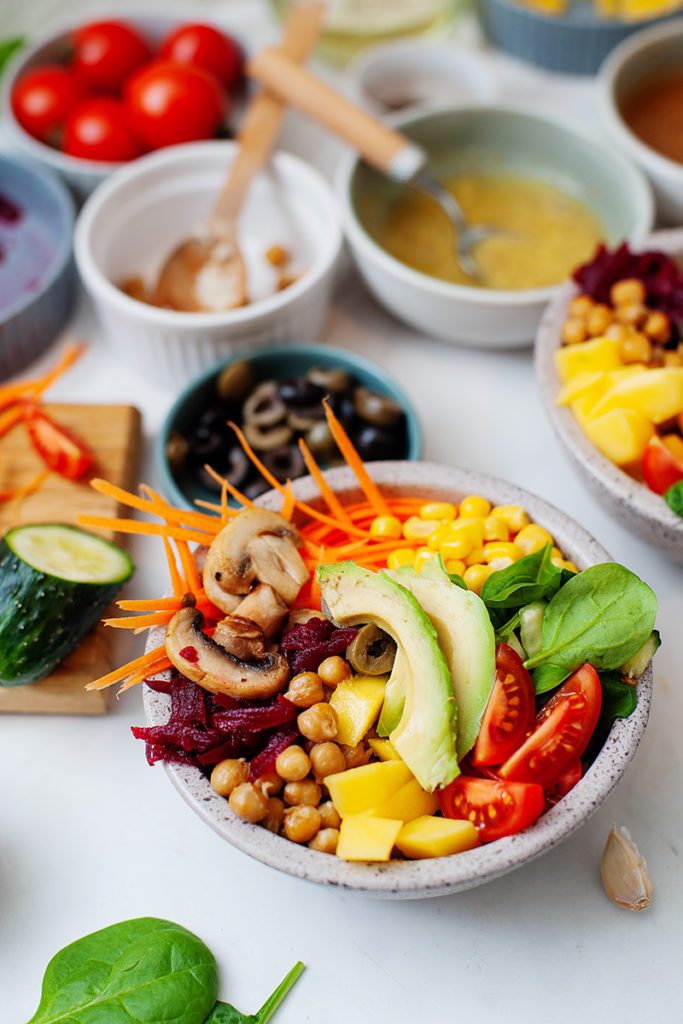

The Magic of Macronutrients
Macronutrients are the building blocks of our bodies and our energy sources. They include carbohydrates, proteins, and fats. Each of these plays a unique and vital role in our health. Carbohydrates are our body’s main energy source, proteins are essential for growth and repair, and fats are crucial for brain health and energy storage. A balanced intake of these macronutrients is key to maintaining a healthy body and mind.
The Beauty of a Macro Bowl
A Macro Bowl is a perfect way to get a balanced intake of these macronutrients. It typically includes a base of whole grains or legumes, a variety of colorful vegetables, a good source of protein, and a delicious dressing to bring it all together. The beauty of a Macro Bowl is its versatility. You can mix and match ingredients based on your personal preferences or dietary needs, making it a meal you’ll never get tired of.
Benefits of a Macro Bowl
I love macro bowls and it’s not just because they’re basically large bowls filled with tons of flavors. The benefits of a macro bowl extend beyond its delicious taste. It’s a meal that leaves you feeling satisfied, energized, and nourished. Here’s why:
- Nutrient-Dense: Macro Bowls are packed with a variety of nutrients from different food groups. This ensures you’re getting a wide range of vitamins, minerals, and antioxidants that support overall health.
- Balanced Meal: With a good mix of carbohydrates, proteins, and fats, Macro Bowls provide a balanced meal that can help maintain stable blood sugar levels and keep you satiated longer.
- Versatile: You can customize your Macro Bowl to suit your tastes and dietary needs. Whether you’re vegan, gluten-free, or just a food lover, there’s a Macro Bowl for you.
- Easy to Prepare: Macro bowls are perfect for meal prep because you can make all of the components ahead of time and store them in your fridge. This makes them a great option for quick lunches or dinners. Plus, they’re a fantastic way to use up leftovers!
- Promotes Mindful Eating: The variety of colors, textures, and flavors in a Macro Bowl encourages mindful eating, helping you to slow down and savor your meal.
Ingredients for a Perfect Macro Bowl
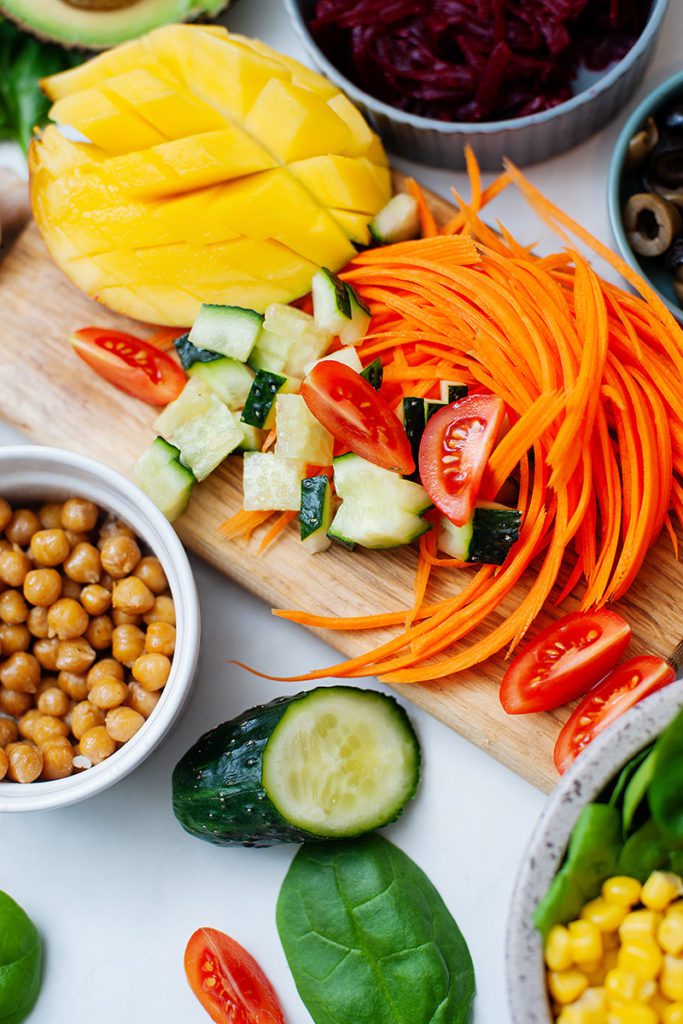

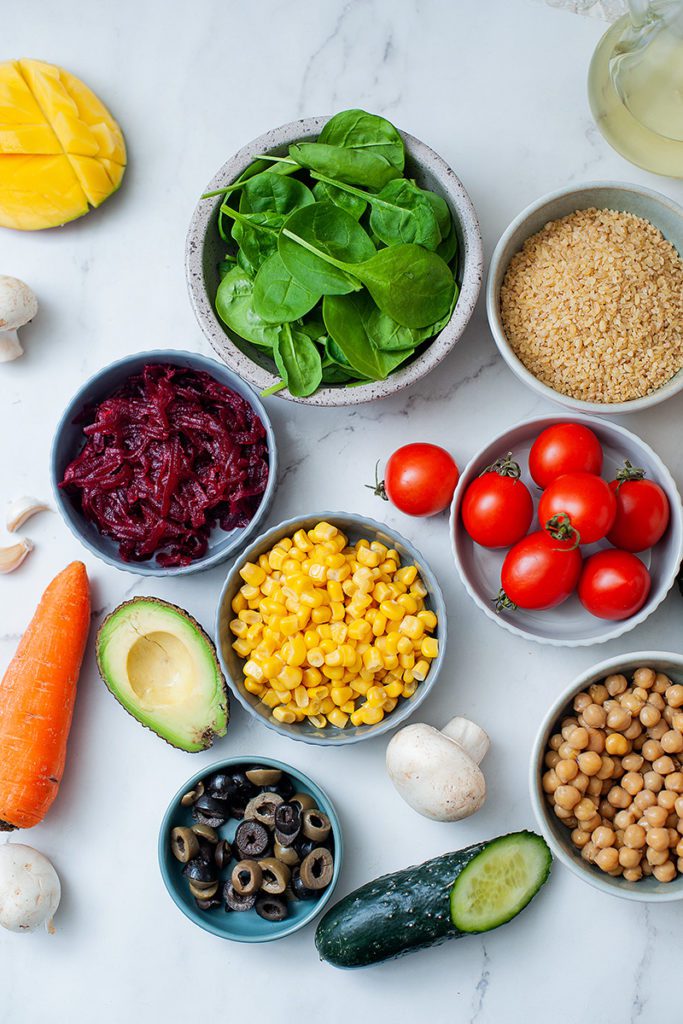

Creating a perfect macro bowl is all about balance, variety, and, of course, flavor. Each ingredient in this easy macro bowl recipe has been chosen not only for its taste but also for its nutritional benefits. Let’s dive into the details of each ingredient and why it’s a part of this delicious and healthy vegan macro bowl.
- Bulgur: We start with 300 grams of bulgur, a whole grain that’s a fantastic source of fiber and protein. It’s also packed with vitamins and minerals, including manganese, magnesium, and iron. Bulgur is a great base for our macro bowl because it’s filling, nutritious, and has a delightful, slightly nutty flavor.
- Cherry Tomatoes: Next, we add 4-6 cherry tomatoes. These tiny bursts of flavor are rich in antioxidants, including lycopene, which is linked to many health benefits. They’re also a great source of vitamin C, potassium, and folate.
- Carrot: One large carrot makes its way into our bowl. Carrots are well-known for their high beta-carotene content, which your body converts into vitamin A. This nutrient is essential for good vision, immune function, and skin health.
- Chickpeas and Corn: Half a cup each of canned chickpeas and corn add a nice texture contrast and a boost of protein and fiber. Chickpeas are also a great source of iron, while corn provides a good amount of B vitamins.
- Mango and Avocado: We then add half a mango and one avocado. Mangoes are a sweet treat that’s packed with vitamin C, while avocados add a creamy texture and are an excellent source of heart-healthy monounsaturated fats and vitamin K.
- Spinach and Cucumber: A handful of spinach and half a cucumber bring a refreshing crunch to the bowl. Spinach is a nutritional powerhouse, packed with vitamins A, C, K, and several B vitamins. It’s also rich in iron and calcium. Cucumbers, while mostly water, are a good source of vitamin K.
- Beetroot and Mushrooms: One cooked beetroot and six chestnut mushrooms add earthy flavors to the bowl. Beetroots are packed with essential nutrients, are a great source of fiber, and can help lower blood pressure. Mushrooms, on the other hand, are rich in B vitamins and a great source of selenium, an antioxidant that protects your cells.
- Garlic, Olives, and Sesame Seeds: A clove of garlic, a handful of black or green olives, and a sprinkle of sesame seeds (optional) finish off the main ingredients. Garlic is known for its immune-boosting properties, olives are packed with vitamin E and other powerful antioxidants, and sesame seeds are full of healthy fats and can help lower cholesterol and triglycerides.
- Dressing: The dressing, a flavorful mix of peanut butter, olive oil, soy sauce, lime juice, honey, lemon juice, mustard, more olive oil, Italian herbs, and a pinch of salt and pepper, ties all the ingredients together. It’s a perfect blend of tangy, sweet, and savory, and it’s packed with healthy fats and proteins.
How to Prepare a Vegan Macro Bowl
Start by mixing all the ingredients for the dressing in a bowl. This will allow the flavors to meld together while you prepare the rest of the bowl.
Here are both dressing variations in this recipe:
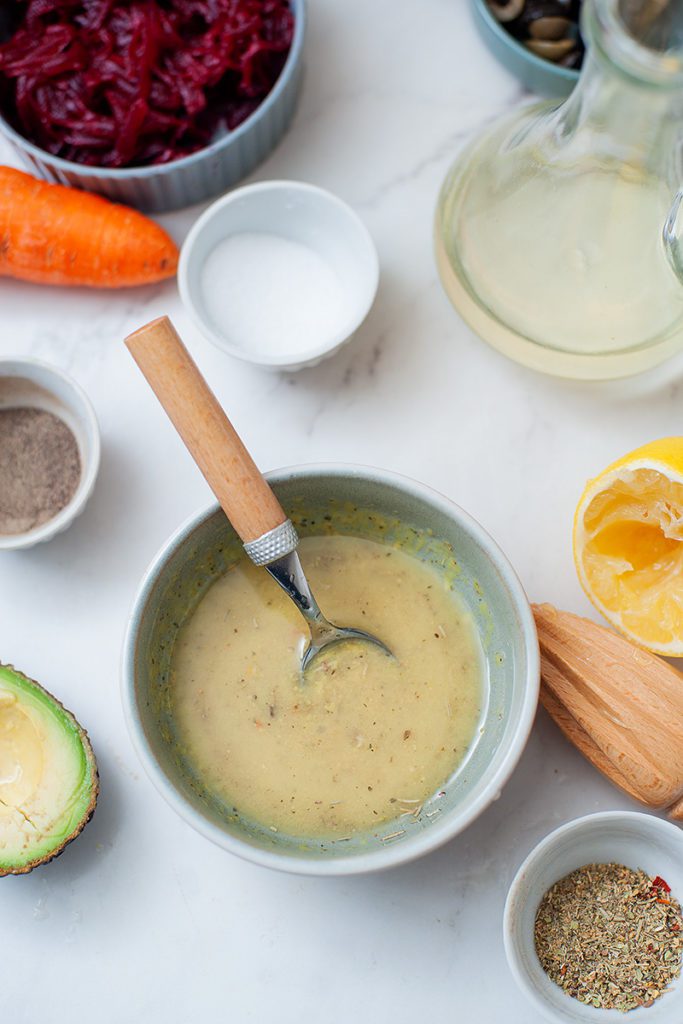

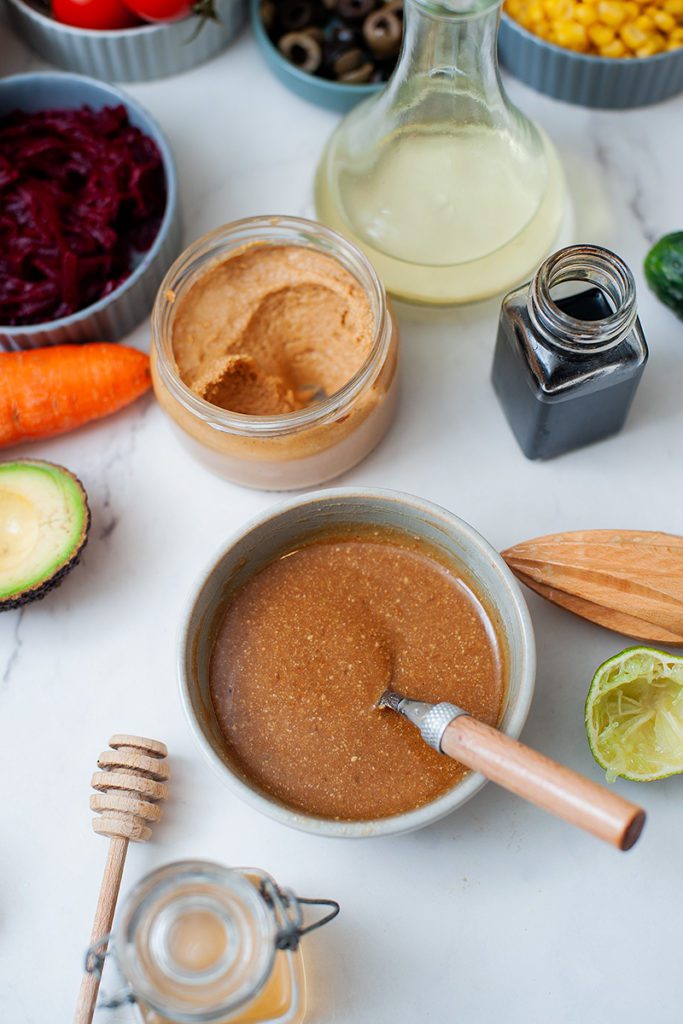

Preheat your oven to 400°F (200°C). Drain and rinse the chickpeas, pat them dry, and toss them in a bit of olive oil and your favorite spices. Spread them out on a baking sheet and roast for 20-30 minutes, or until crispy.
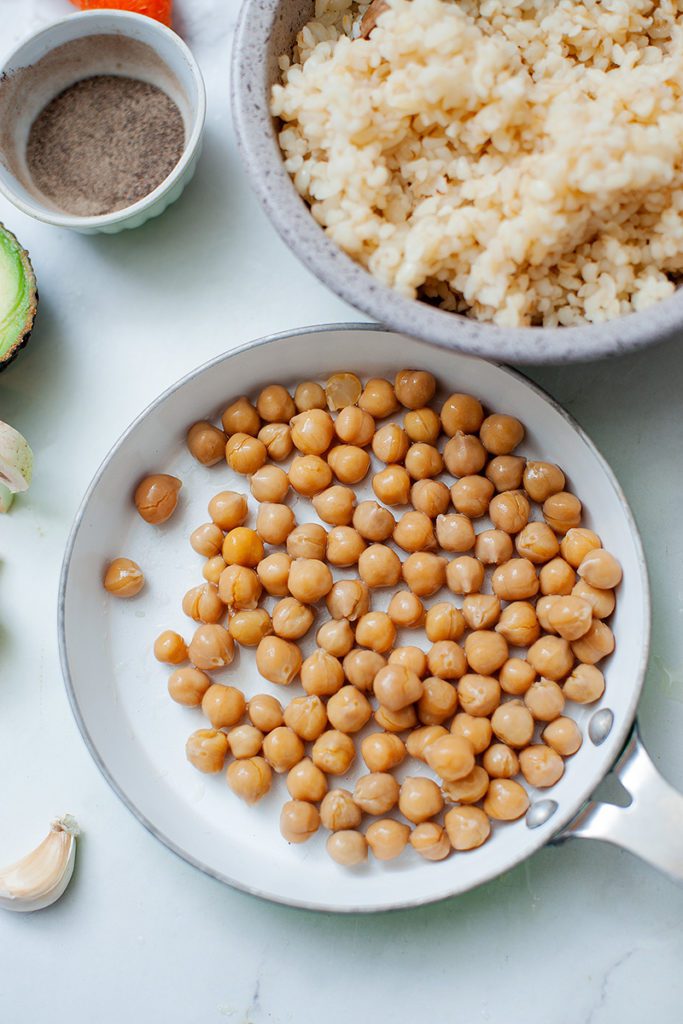

Follow the instructions on the package to cook the bulgur. This usually involves boiling it in water for about 10-15 minutes, then letting it sit covered until it absorbs all the water.
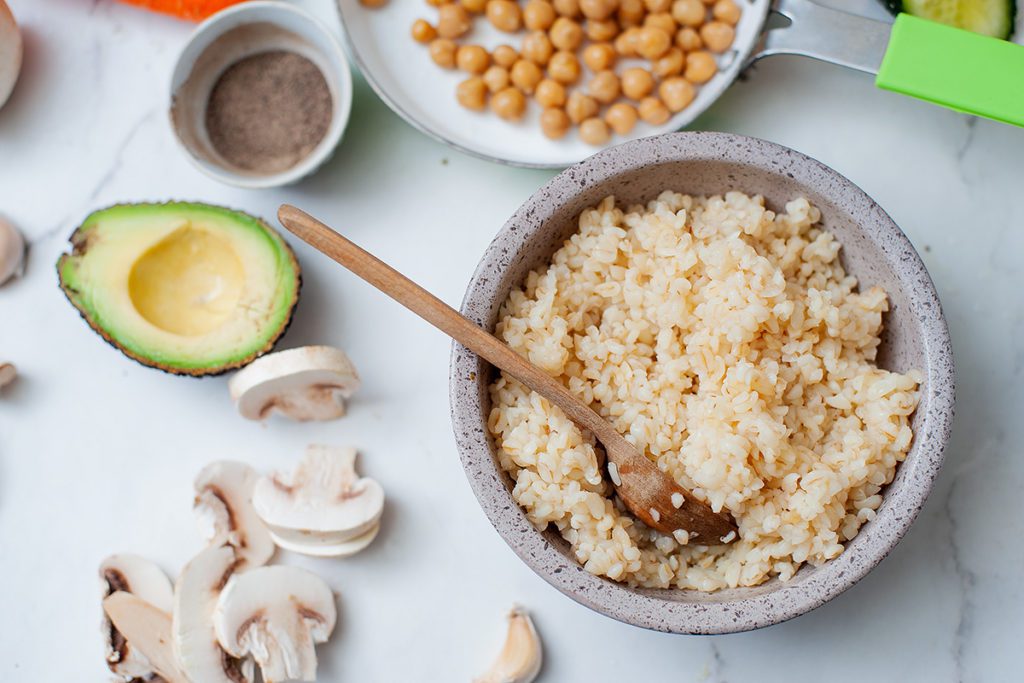

Heat a bit of oil in a pan, add a minced garlic clove, and sauté until fragrant. Add the mushrooms and cook until they’re browned and tender.
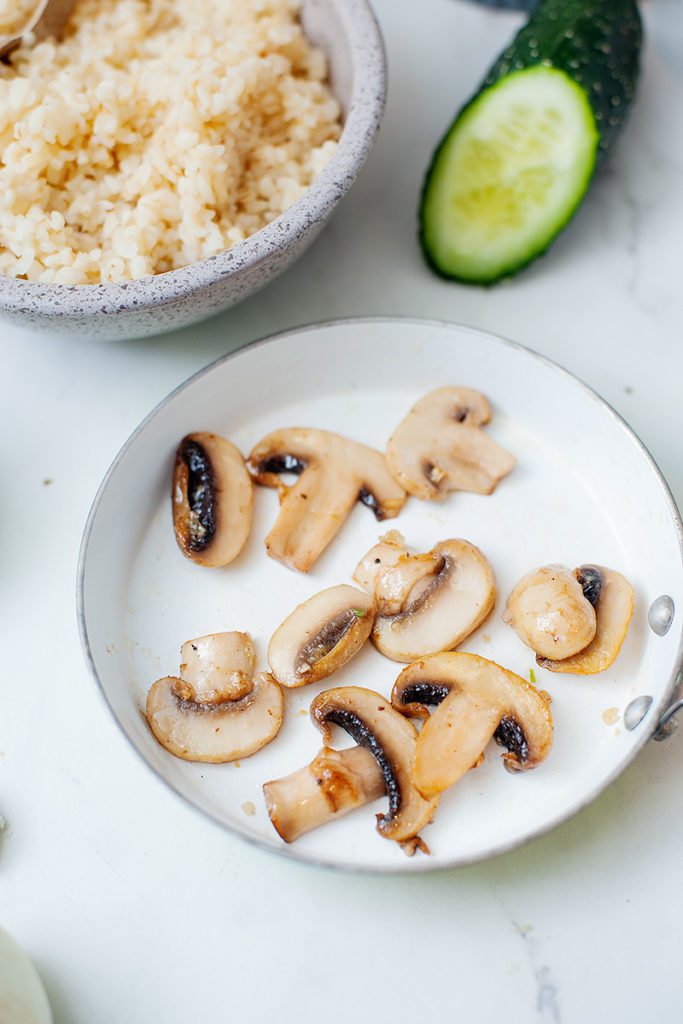

While the bulgur is cooking and the chickpeas are roasting, you can start preparing your fresh veggies and fruits. Wash and chop the cherry tomatoes, carrot, cucumber, beetroot, and baby spinach. Dice the mango and avocado.
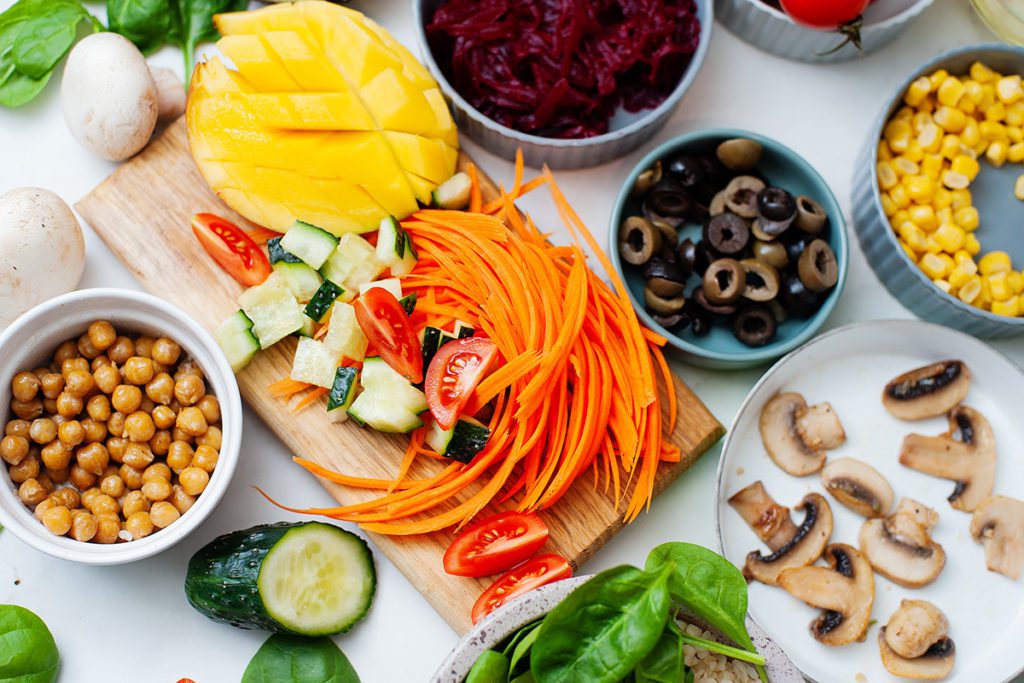

Divide the cooked bulgur among four bowls. Arrange the veggies, fruits, and roasted chickpeas on top. Add slices of avocado and a few olives if you like. Drizzle with the dressing and sprinkle with sesame seeds if desired.
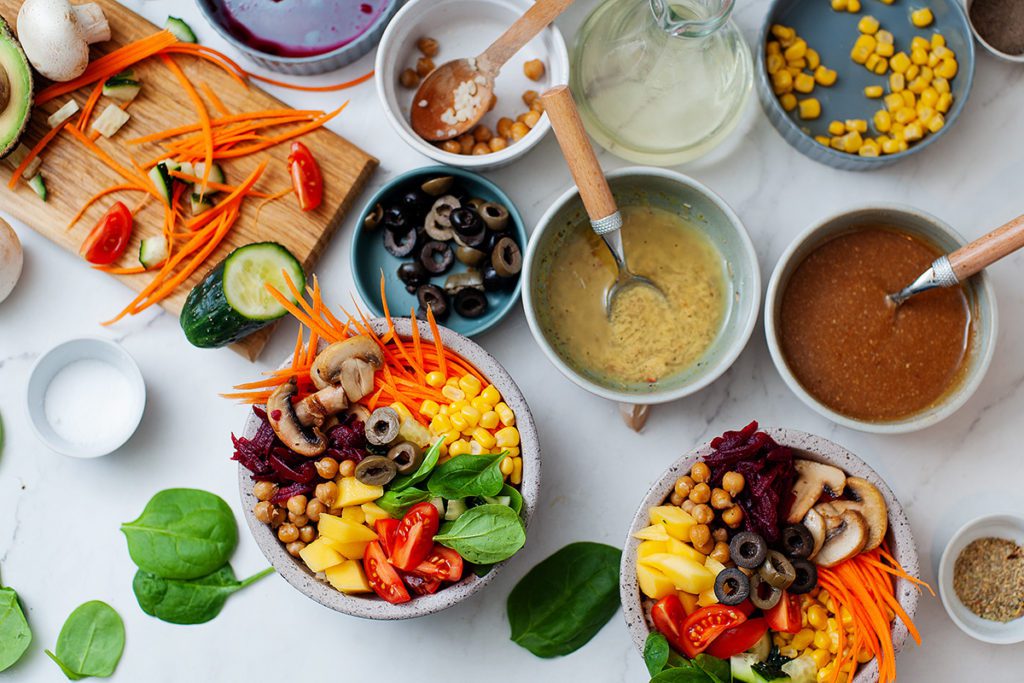

Variations of the Macro Bowl
Macro bowls are a fantastic way to get a balanced meal that’s packed with nutrients. They’re versatile, easy to prepare, and can be customized to suit your tastes and dietary needs. While I’ve shared a recipe here for some kind of macrobiotic buddha bowl, the truth is that I mix a lot of different combinations most weeks.
Here are some of my favorite variations of the recipe to keep it exciting and other ingredients that can be used:
1. Switch Up Your Base
While bulgur is a great base for a macro bowl, don’t be afraid to experiment with other grains. Quinoa, for example, is a complete protein and a great source of fiber. Lentils are another excellent choice, providing a hearty texture and a good dose of protein. Here are some of my favorite ingredients to use as a base in my buddha bowl recipe:
- Sweet potatoes
- Brown rice (or jasmine rice for a fragrant flavor)
- Quinoa
- Soba noodles
- Any whole grain base you fancy
2. Experiment with Proteins
Chickpeas are a great source of plant based protein, but there are many other options to consider. Tofu, seitan, or eggs (non-vegan, but my favorite protein source!) could be added for an extra protein boost. If you’re not strictly vegan, grilled chicken or salmon can also be a great addition. Sometimes I venture into eating fish and I like to add salmon or sardines, if you can believe it!
Here are some of my favorite proteins to add:
- Chickpeas
- Black beans
- Quinoa
3. Add Fermented Foods
Fermented foods like sauerkraut, kimchi, or other pickled vegetables (I love pickled onions!) can add a tangy flavor to your macro bowl, not to mention they’re great for your gut health. Pickled red onion could also be a delicious addition and they’re so easy to make!
Here are my favorite fermented veggies to add to my bowl recipe:
- Sauerkraut
- Kimchi
- Fermented veggies
- Pickled onions and radishes
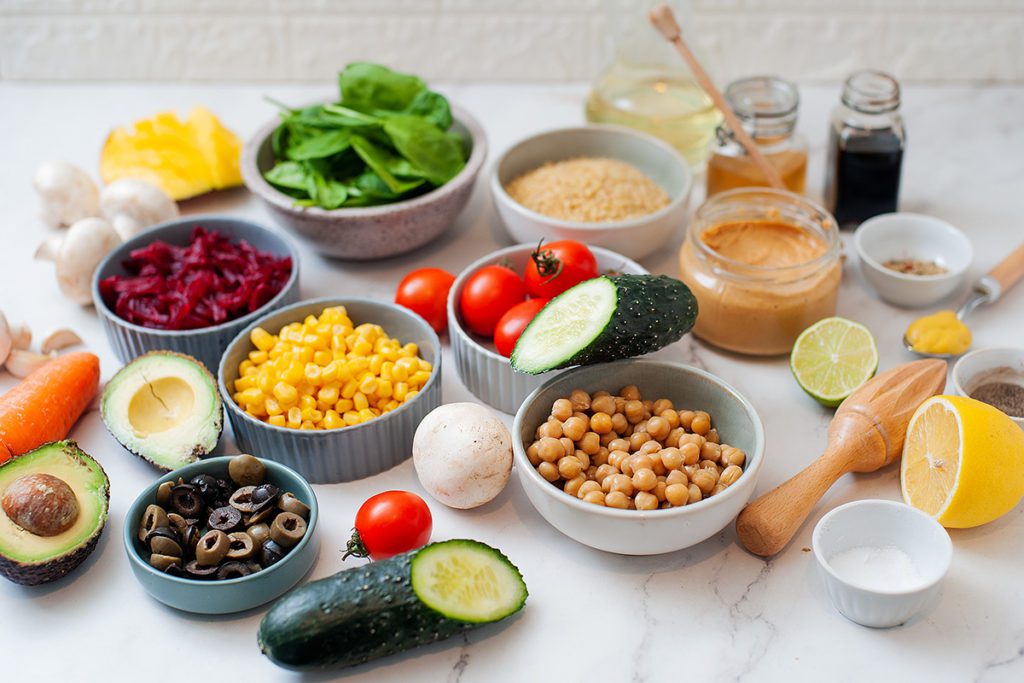

4. Try Different Vegetables
While the recipe already includes a variety of vegetables, there’s no limit to what other raw or cooked veggies you can add. While this macro bowl has a lot of raw veggies, I quite like loading mine up with roasted veggies as the weather cools down. Roasted sweet potatoes or cabbage can add a comforting, hearty element to your bowl. Dark leafy greens like kale can provide a nutrient boost.
Here are some of my favorite veggies to throw in there:
- Brussels sprouts (roasted)
- Sweet potatoes (always making the list)
- Green beans
- Bell pepper
- Leafy greens, like kale, baby spinach, collard greens, or microgreens
- Carrots
- Zucchini (roasted)
- Corn
- Mushrooms
5. Play with Toppings
Toppings like sesame seeds or hemp seeds add a nice crunch to your macro bowl. You can also try other seeds like pumpkin seeds or even nuts for added texture and nutrition. I looovee adding wakame or seaweed flakes to the top! And the dressing – a turmeric tahini sauce could add a zing to your bowl.
In this recipe, I’m sharing two different dressing recipes, which can be fun to pair with different kinds of veggies.
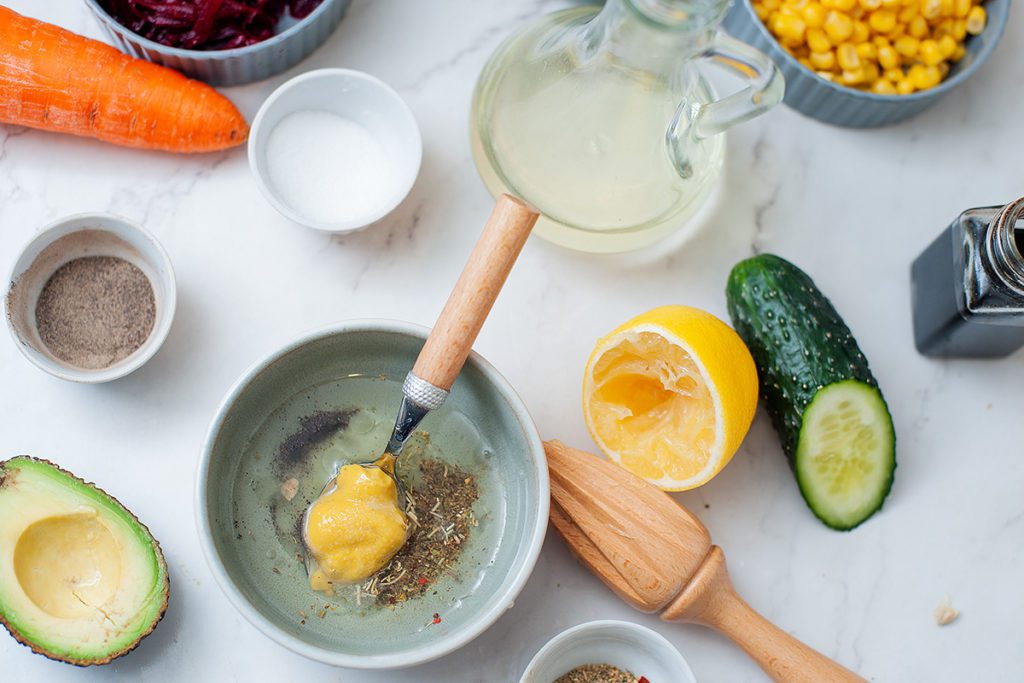

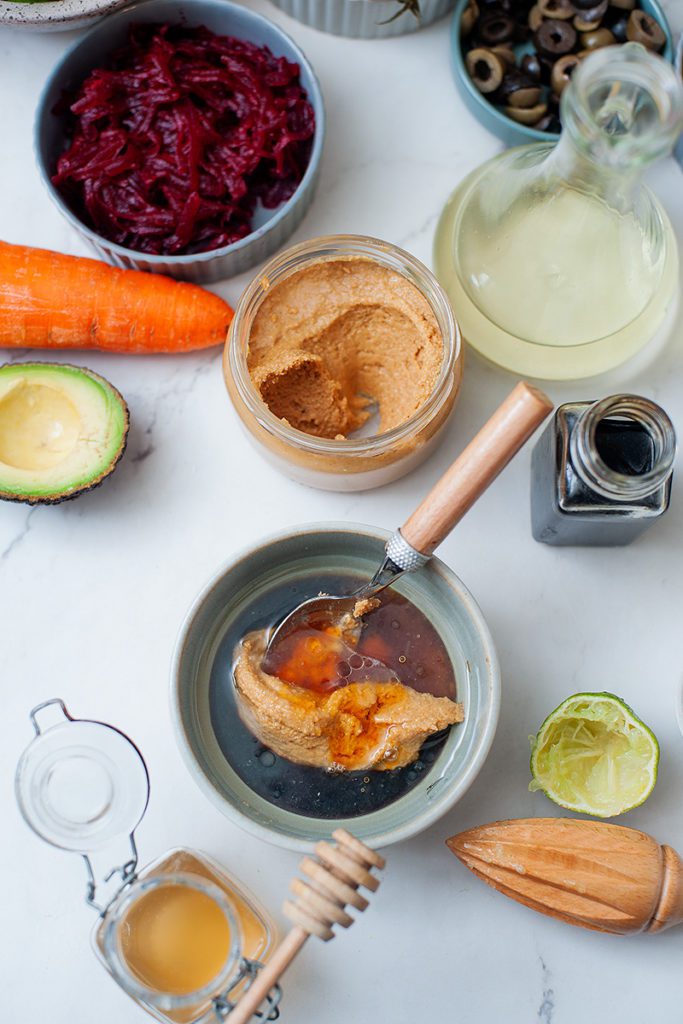

My favorite toppings are usually:
- Tahini sauce
- Seaweed flakes
- Sesame or hemp seeds
- Mango
- Nutritional yeast
- Avocado
- Chopped almonds
- Olives
- Hot sauce
The beauty of a macro bowl is its versatility. Feel free to mix and match ingredients based on what you have on hand or what you’re craving. As long as you’re including a balance of macronutrients – carbohydrates, proteins, and fats – you’ll have a satisfying, nutritious meal. Enjoy the process of creating your unique macro bowl!
Vegan Macro Bowl Recipe
Equipment
Ingredients
- 1.5 cups bulgur
- 4-6 cherry tomatoes
- 1 carrot large
- 1/2 can chickpeas
- 1/2 cup corn
- 1/2 mango
- 1 avocado
- fresh spinach
- 1/2 cucumber
- 1 beetroot cooked
- 6 button mushrooms
- 1 clove garlic
- olives optional
- sesame seeds optional
Peanut Dressing
- 2 tbsp peanut butter
- 2 tbsp olive oil
- 1 tbsp soy sauce
- 2 tbsp lime juice
- 1 tsp honey
French Dressing
- 1.5 tbsp lemon juice
- 1 tsp mustard
- 4.5 tbsp olive oil
- italian herbs
- sea salt and pepper as desired
Instructions
- Mix all ingredients for the dressing you choose in a bowl, set aside.
- Preheat your oven to 400°F (200°C), prepare the chickpeas with oil and spices on a baking sheet, and roast them for 20-30 minutes until crispy.
- Cook bulgur according to the instructions on the package.
- Fry the mushrooms with garlic with oil.
- Cut/dice/shred all vegetables and fruits.
- Divide bulgur over 4 bowls. Then decorate the bowl with all the veggies and fruits. Top it off with sliced avocado and olives, pour a dressing, sprinkle sesame seeds if desired.
Macro Bowl Meal Prep Tips
When it comes to meal prepping, macro bowls are the easiest. They’re not only nutritious and delicious, but they’re also incredibly versatile and easy to prepare. You can make a big batch ahead and work on it through the week, or feed the whole family in one quick and easy macro bowl recipe.
Here are some tips on how to use your vegan macro bowl recipe for meal prepping and some advice on storing and reheating.
- Plan Ahead: The key to successful meal prepping is planning. Decide on the ingredients you want to include in your macro bowl recipes and make a shopping list. This vegan macro bowl recipe is packed with a variety of vegetables, grains, and proteins, ensuring you get a balanced meal.
- Prepare in Bulk: Cook your bulgur and roast your chickpeas and other vegetables (like sweet potato 🤤) in large quantities. These can be stored in the fridge and used throughout the week. The same goes for your fresh veggies – cut, dice, and shred them all at once to save time on busy mornings.
- Store Properly: Store your prepared ingredients separately in airtight containers in the fridge. This way, they stay fresh longer, and you can mix and match to create different macro bowls throughout the week.
- Assemble When Ready to Eat: To keep your ingredients fresh and prevent them from getting soggy, assemble your macro bowl when you’re ready to eat. Start with the bulgur, add your veggies and fruits, and top it off with the dressing and optional sesame seeds.
- Reheating Tips: If you prefer your macro bowl warm, you can reheat the bulgur and chickpeas. However, remember to add the other fresh herbs, veggies, fruits, and dressing after reheating to keep them fresh and crisp.
- Make Your Dressing in Advance: The dressing can also be made in advance and stored in the fridge in an airtight container. This way, you always have it ready to add flavor to your macro bowls.
- Customize Your Bowl: One of the best things about macro bowls is that they’re easily customizable. Don’t be afraid to experiment with different ingredients based on what you have on hand or what you’re in the mood for. This not only adds variety to your meals but also helps you use up any leftovers in your fridge.
Frequently Asked Questions
Why is it called a macro bowl?
A macro bowl is named for the macronutrients it contains. These are the nutrients our bodies need in large amounts to function optimally, namely carbohydrates, proteins, and fats. A macro bowl is designed to provide a balanced meal with all these essential nutrients. It’s a hearty and nourishing meal that gives your body all the energy and fuel it needs to work at its best.
How do you make a macro plate?
Creating a macro bowl is a fun and flexible process. Start with a base of grains like bulgur, quinoa, or brown rice first. Then, add a variety of vegetables and fruits for a burst of vitamins and fiber. I love roasted sweet potato and zucchini when making a ✨plate✨. You can also include a source of protein like chickpeas or lentils, and healthy fats such as avocado or seeds. Finally, top it off with a flavorful dressing to tie all the components together. Remember, there’s no one-size-fits-all recipe for a macro bowl. Feel free to mix and match ingredients based on your dietary needs and taste preferences.
What is a nutrition bowl?
A nutrition bowl, also known as a macro bowl, is a meal that includes a balanced mix of macronutrients – carbohydrates, proteins, and fats. It’s typically composed of a grain base, a variety of vegetables and/or fruits, a protein source, and a healthy fat. The idea is to create a meal that is not only balanced and nutritious but also colorful, diverse in texture, and delicious. A nutrition bowl is a great way to ensure you’re getting a wide range of nutrients in one meal.
Conclusion
So what do you think of these healthy bowls? You keen to try out a macrobiotic diet? Give this refreshing recipe a try and then switch it up for your own adventure! Drop a comment with your favorite buddha bowl ingredients, I’d love to see them 🙂
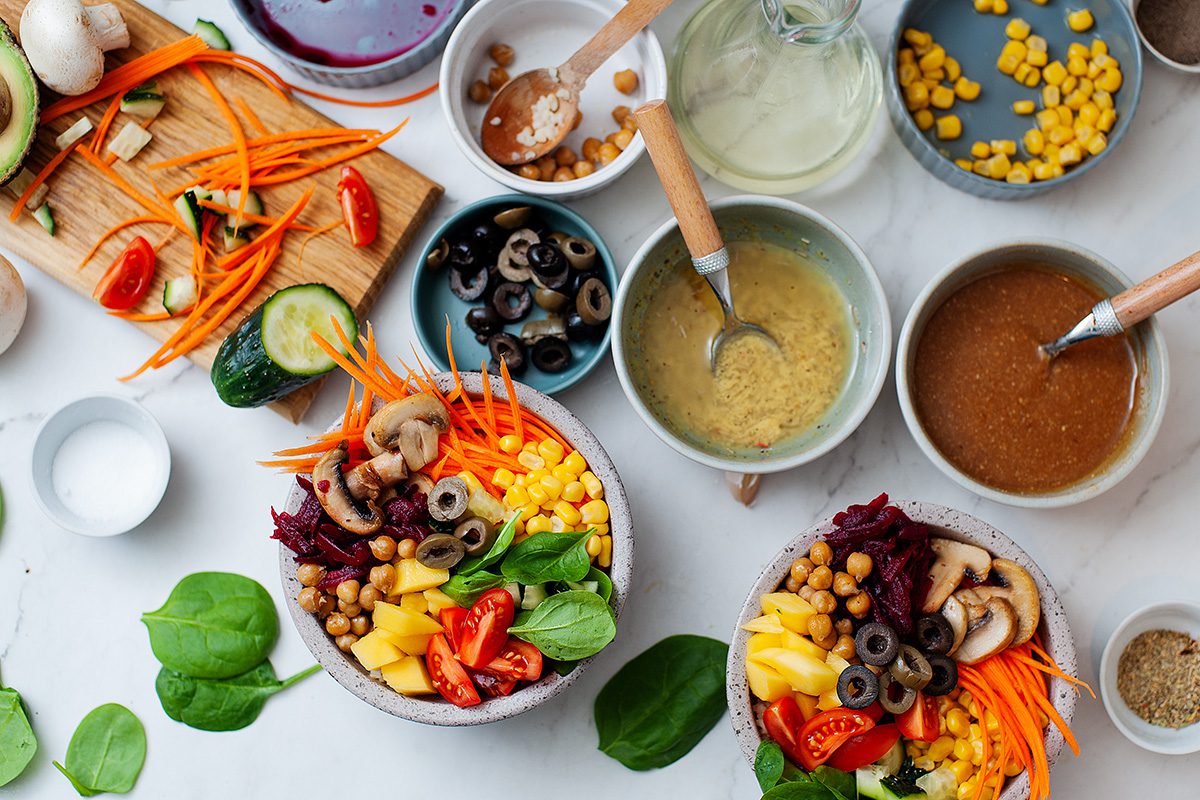
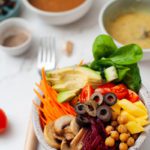
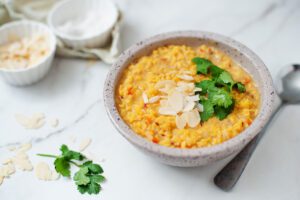
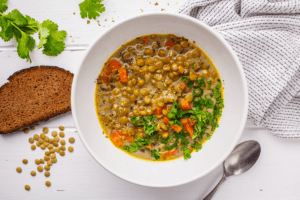
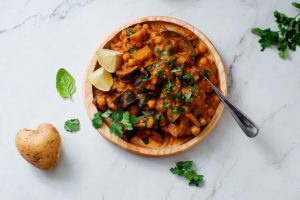
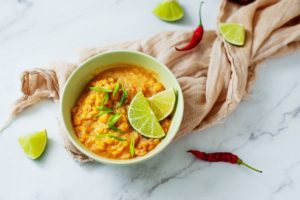
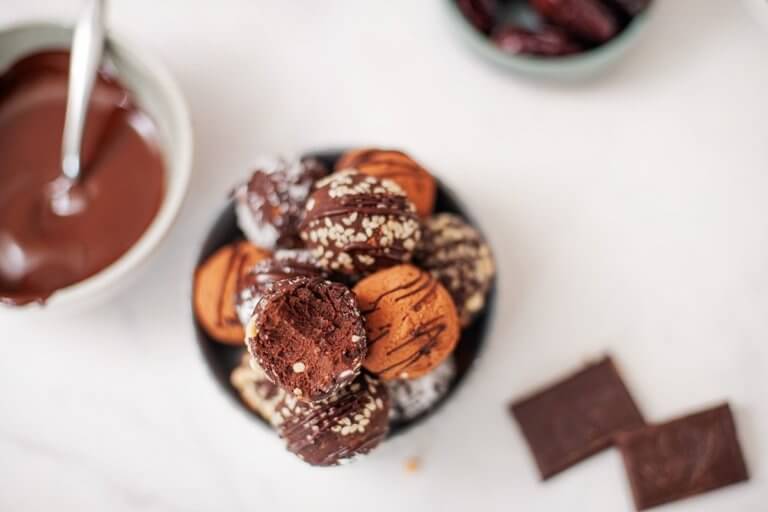
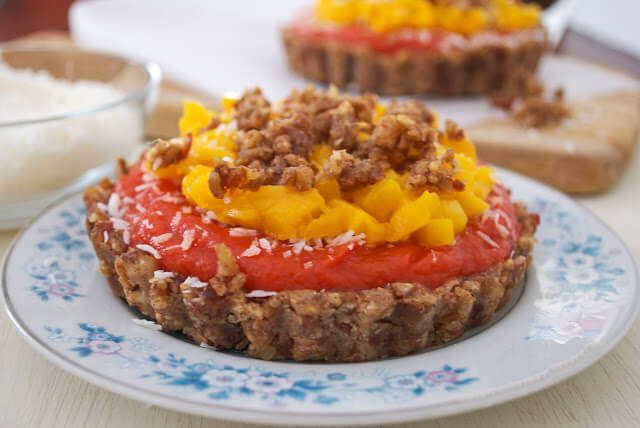
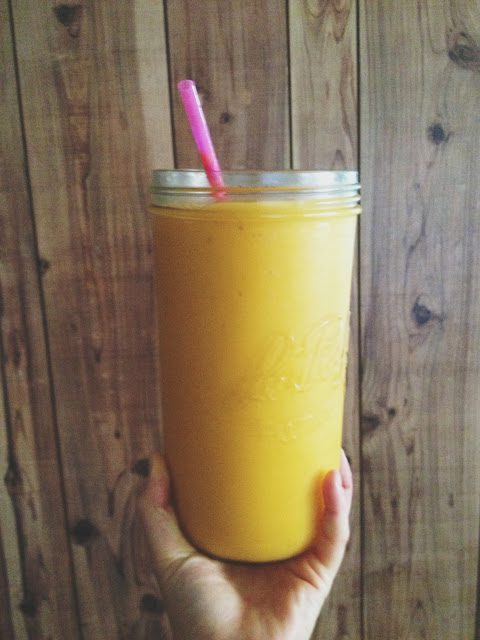

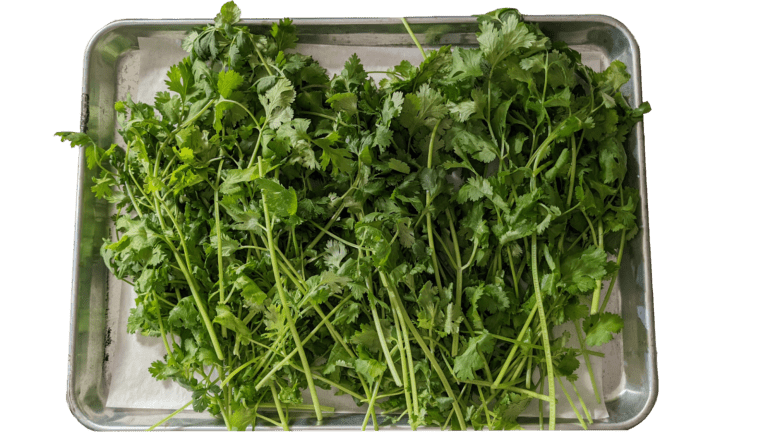
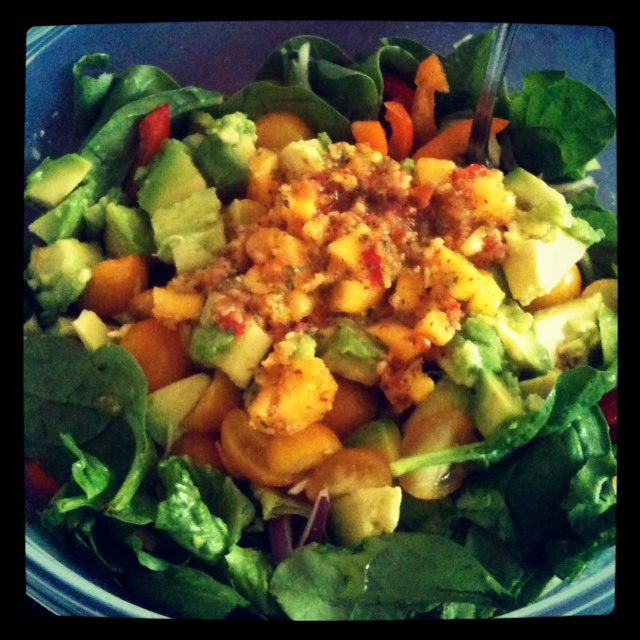
I make a big container of salad every week… mix greens, carrots, red, yellow, orange peppers, red cabbage, cucs, tomatoes, some of these, all of these…I honestly get really happy seeing all the beautiful colors together! I think I need a spiralizer next! Your salad looks good!
I LOVE macro bowls! I've been to a few raw/vegan joints in the area that whip up an awesome macro bowl, and for whatever reason, I've never made one at home. I love this idea, and definitely need to be eating these daily until I can sufficiently wash the holidays out of my system. YUM!
Thank you !! And yes, I totally recommend the spiralizer .. it makes salads so much more fun!! Your salads sound absolutely delicious 🙂
I did the same thing!! I'd always order them and then I finally decided to just make my own. And it's EXCELLENT for cleaning out your system 🙂 it's a macro/detox kind of bowl, I guess!